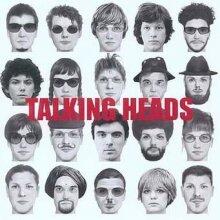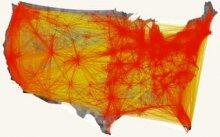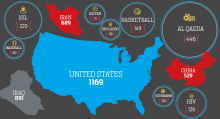"Man is by nature a political animal," as asserted by Aristotle. This political nature manifests itself in the data we produce and the traces we leave online. In this tutorial, we address a number of fundamental issues regarding mining of political data: What types of data would be considered political? What can we learn from such data? Can we use the data for prediction of political changes, etc? How can these prediction tasks be done efficiently? Can we use online socio-political data in order to get a better understanding of our political systems and of recent political changes? What are the pitfalls and inherent shortcomings of using online data for political analysis? In recent years, with the abundance of data, these questions, among others, have gained importance, especially in light of the global political turmoil and the upcoming 2016 US presidential election. We introduce relevant political science theory, describe the challenges within the framework of computational social science and present state of the art approaches bridging social network analysis, graph mining, and natural language processing.






